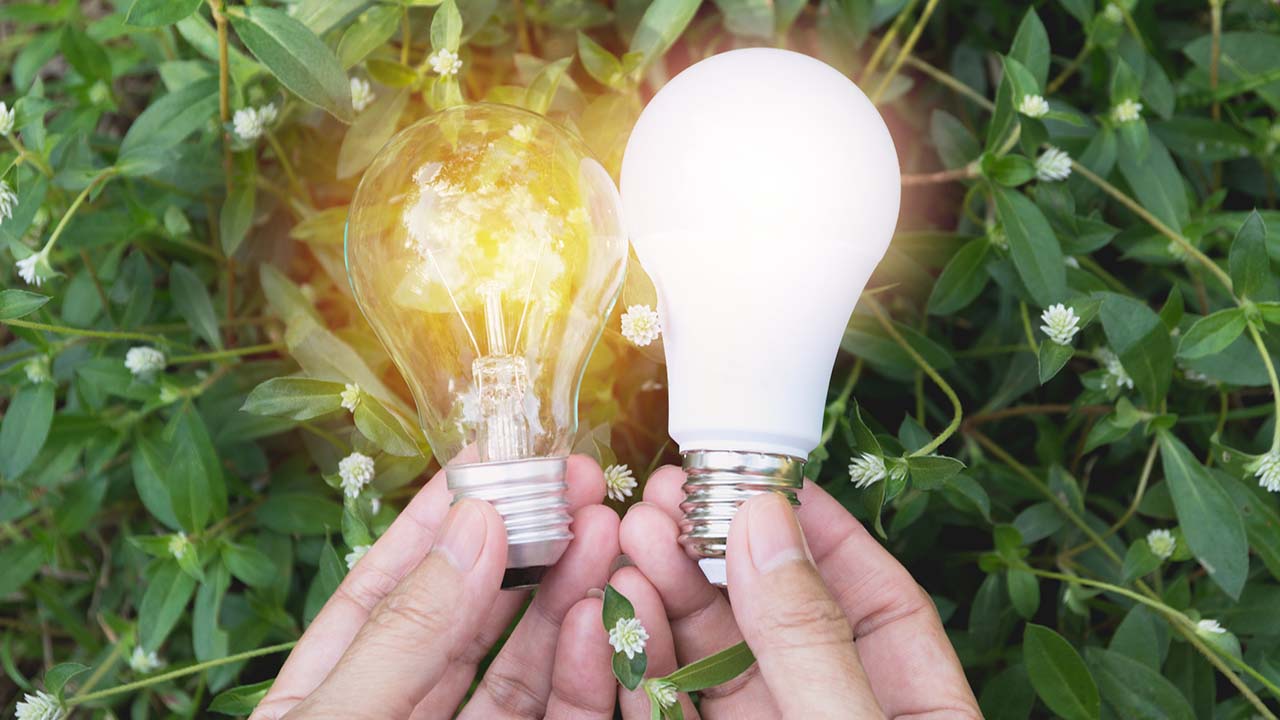Insights > 6 Things You Didn't Know About LEDs
6 Things You Didn't Know About LEDs
05/03/2021

LED bulbs use 80 percent less energy than traditional incandescents.
You may already know that LED bulbs are very efficient, using 80 percent less energy than traditional incandescents. The U.S. Department of Energy estimates that if every American home replaced just one bulb with an ENERGY STAR® rated LED, the total annual energy savings would be more than $566 million.
That's remarkable, but let us enlighten you on some even more astonishing facts about LEDs:
- High-quality LED bulbs have a rated lifetime of 25,000 hours or more. At an average of five hours a night 365 days a year, an LED could last up to 14 years! You may have to read the instructions the next time you change a bulb.
- Prices for LEDs are falling fast. Since 2008, the cost for LED bulbs has dropped by 90 percent, according to one report. Today, you can buy an ENERGY STAR® certified 60-watt equivalent LED bulb for as little as $1.50.
- LEDs come in different color tones. Looking for a warm light for a little atmosphere, or a sharper tone for crafting? LEDs have you covered. Look on the product label for color temperature in Kelvin (K). A lower temperature (2700K) provides a warm, yellowish light, while a higher temperature (5000K) bulb produces a cooler, higher contrast light.
- Some LEDs are the brightest bulb in the room. Advanced 'smart' features are available with some LED products. With an accompanying app, you can remotely turn bulbs on and off, dim them, change their color, set them on a schedule and other cool stuff. The features available depend on the model you choose.
- LEDs are better for the environment. In addition to using less energy, LEDs contain no mercury, a hazardous material found in fluorescent lamps and other types of lighting. A DOE study found that LEDs have a lower overall environmental impact than incandescent bulbs and CFLs.
- LEDs were invented by accident. In 1961, two engineers at Texas Instruments were working on laser diodes for radar antennas when they accidentally discovered the first light-emitting diodes. These LEDs were in the infrared (non-visible) range. Visible LEDs were first developed by GE researchers in 1962.
Make the switch to ENERGY STAR® LED bulbs and start reaping the benefits. To save even more, check out our energy efficiency programs.
Content provided for Entergy customers, Powered by Questline Relationship Builder. ©Questline Inc.
Tags
Energy Efficiency
